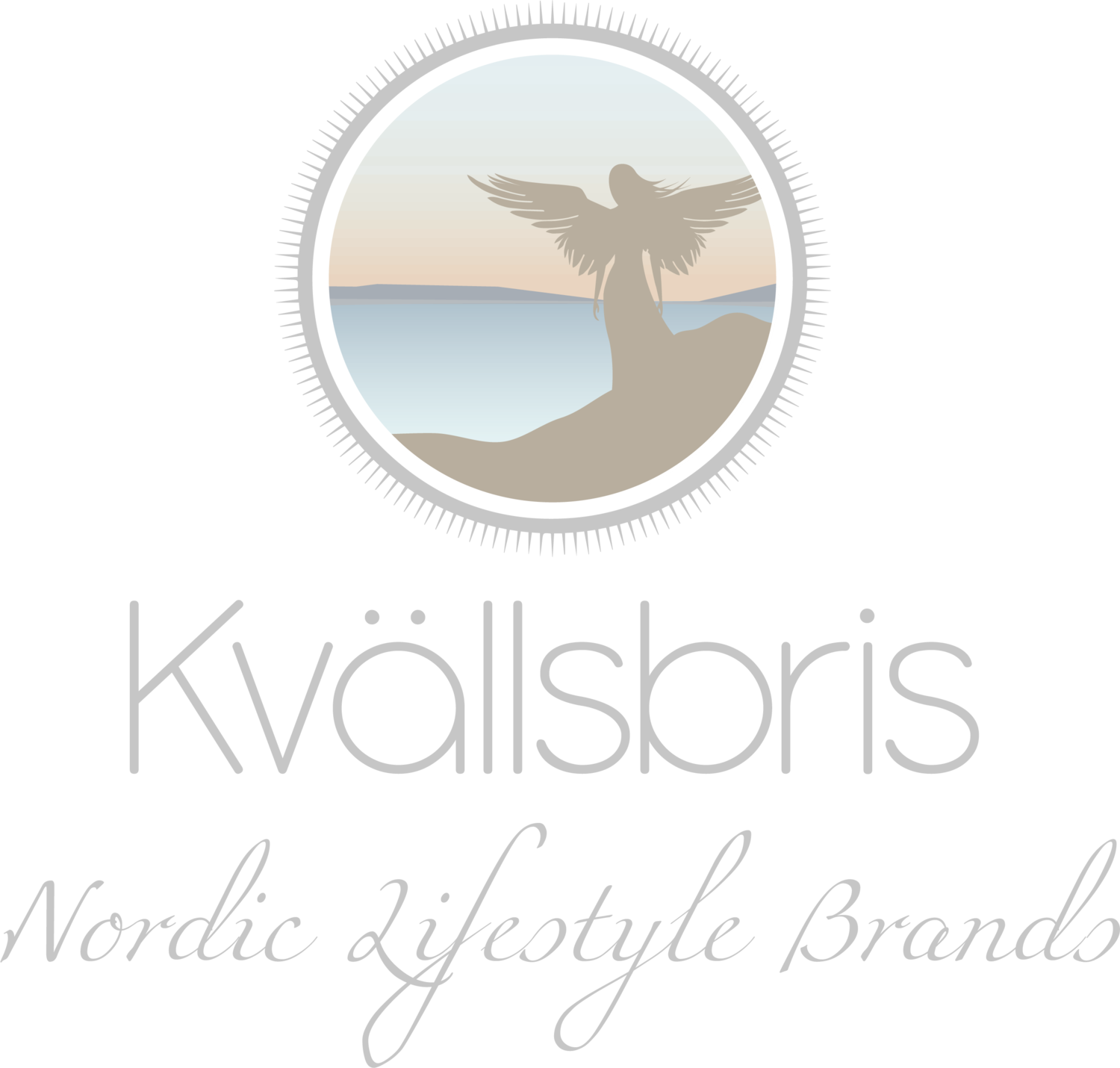Many materials used in consumer goods are known to contain toxic compounds that are hazardous to your health. One such group of chemicals, phthalates, are used primarily to soften polyvinyl chloride (PVC) in order to increase its flexibility and longevity. Phthalate compounds are known to disrupt hormonal mechanisms and interfere with the body’s internal systems, particularly damaging the liver, kidneys, lungs and reproductive systems. Recent studies have linked phthalate exposure to sperm abnormalities and lowered sperm count, breast cancer, diabetes as well as insulin resistance and even the development of obesity, though larger scale studies are needed to corroborate these results. As the effects of phthalate exposure are cumulative and stack with exposure to other hormonal system disruptors, exposure to this toxic substance is particularly severe for young children and pregnant women, and thus phthalate containing plastics are highly hazardous for these vulnerable groups.
The use of potentially toxic chemicals is governed primarily by two regulations in the UK: REACH (Registration, Evaluation, Authorisation and Restriction of Chemicals) and RoHS (Restriction of Hazardous Substances Directive). Both aim to ensure that the use of the four most hazardous phthalates (DEHP, BBP, DBP and DIBP) are restricted in manufacturing goods to ensure they are as safe as possible for use and that their disposal does not contribute to environmental degradation through introducing toxic substances into the environment. All of Brita Sweden’s rugs meet both RoHS and REACH certifications and are phthalate free, using a polyester warp and a non-toxic recyclable PVC weft. The material is “food grade” making it completely safe for children to sit on and pets to sleep on. Click here for more info: https://www.kvallsbris.co.uk/#/britasweden-1
Sources:
https://noharm-uscanada.org/issues/us-canada/phthalates-and-dehp
https://doi.org/10.1093%2Fhumupd%2Fdmt050
https://doi.org/10.1016/j.envres.2016.07.011
https://doi.org/10.1371/journal.pone.0114003
https://doi.org/10.1016/j.envres.2019.01.046
https://doi.org/10.1210/er.2009-0002


